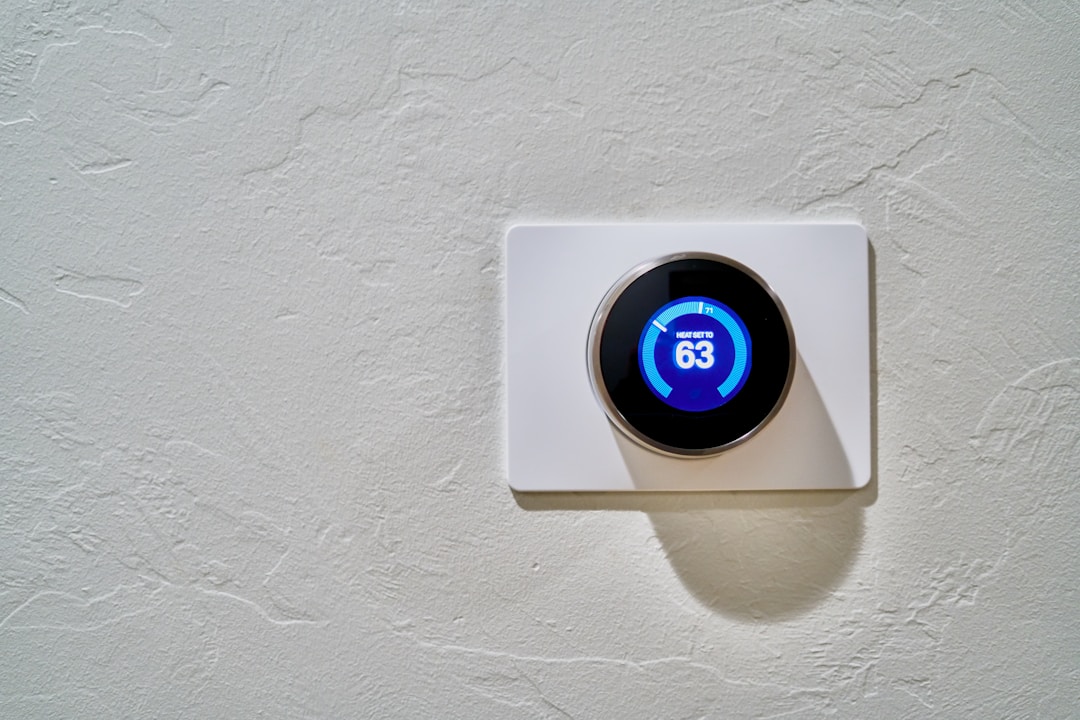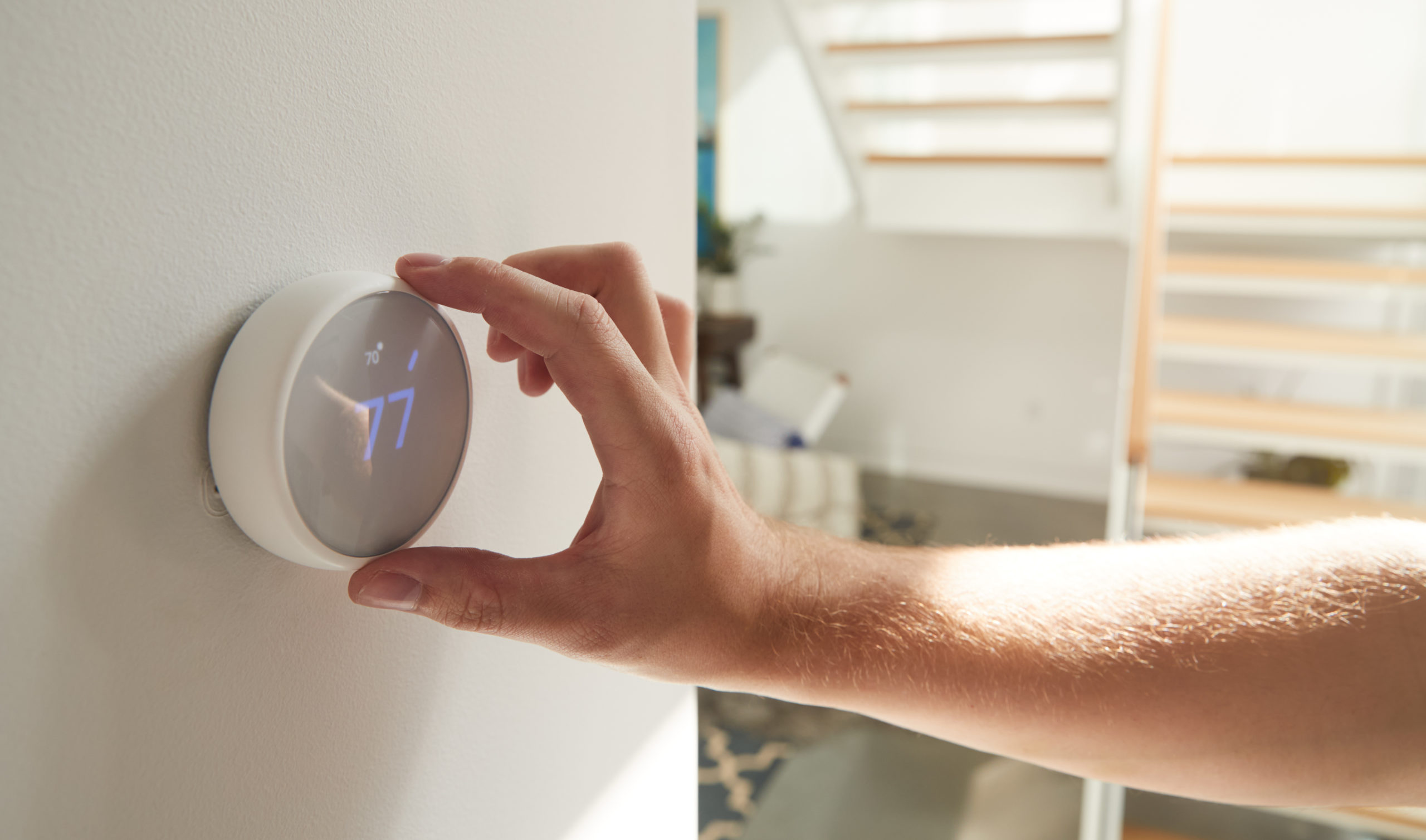From your ductwork and air compressor to the blower, there are several parts of your HVAC system that have to work together to deliver comfortable temperatures throughout your home. Your thermostat is another important aspect of your HVAC system that must work correctly for your home to be comfortable. As the brain of your heating and cooling system, your thermostat tells your equipment when to produce warm or cool air. As a result, selecting the right place in your home is very important when installing the thermostat.
If your thermostat is in a location that experiences significant temperature shifts, it could result in heating or AC malfunctions. For example, if your thermostat is directly above an air vent, the temperature in your home could be impacted by improper readings. Let’s take a look at some tips for how to install thermostat in house.
Select a central area of the home.
Ideally, you want to install your thermostat in a location that is not impacted by temperature fluctuations due to significant drafts or heat sources. For most homeowners, the area that is most appropriate for a thermostat is at the center of the home. An area around the center of the home is the safest bet for finding the steadiest temperature. This is usually because major changes in ambient temperatures do not typically impact the area at the center of the home. Additionally, the center of the home is usually an active part of the home, and it is a convenient area to access the thermostat.
Try to pick an interior wall.

Because you should avoid areas that are susceptible to major temperature changes, you’ll want to try to install a thermostat on an interior wall. Even under the best circumstances with quality insulation, exterior walls will still experience some temperature fluctuations in the winter and summer. This could cause your HVAC equipment to work overtime, as the thermostat may interpret incorrect readings. If you cannot install your thermostat on an interior wall, try to select one with minimal changes between sun and shade. You want to try to ensure a steadier base temperature for the thermostat.
Avoid areas near windows and doors.

As discussed, you want to avoid locations where temperature swings will impact your thermostat. Placing your thermostat near drafty windows and doors can throw off the temperature reading inside your thermostat. Depending on the season, an open door or window can allow bursts of warm or cold air inside that could interact with a nearby thermostat. Additionally, placing your new thermostat near a window where sunlight streams in for most of the day could result in incorrect temperature readings. When looking for a place to install a new thermostat, avoid areas near exterior windows and doors.
Select the correct height placement.

Once you have found the perfect spot for your new thermostat, you will need to select the correct height. Most experts agree that your thermostat should be installed around 52 to 60 inches above the floor. You’ll want to remember the basic rules of thermodynamics that you learned in school with relation to hot and cold air. Typically, warm air reaches higher areas while lower areas near the floor remain cooler. As a result, you want to find an appropriate location in the middle of the wall. A thermostat that is too low or too high could result in inaccurate temperature readings.
No matter if you are relocating an old thermostat or installing a new one, the location and placement in your home are important for the proper operation of your HVAC unit. Placing it in the right area will significantly impact the comfort of your home. If you need assistance installing your thermostat, an experienced HVAC technician will be able to help.

